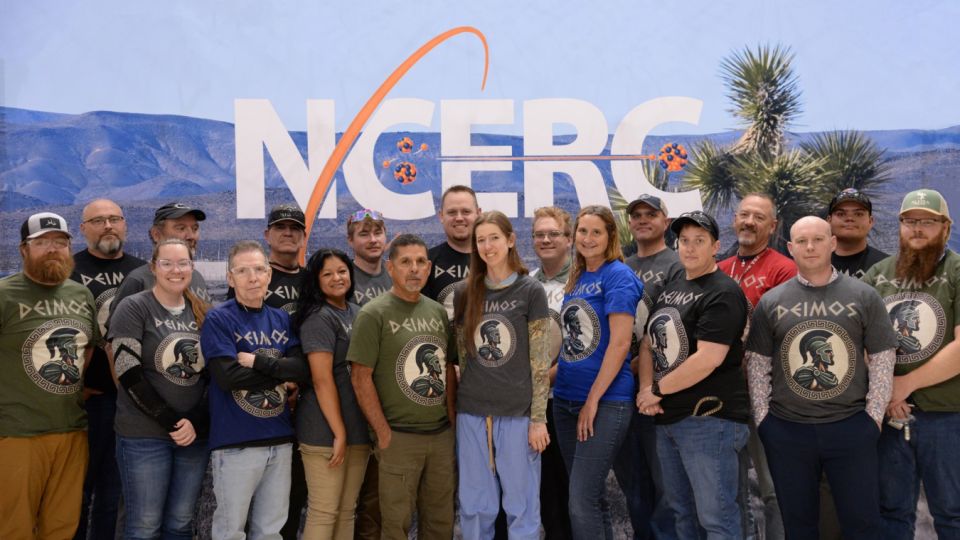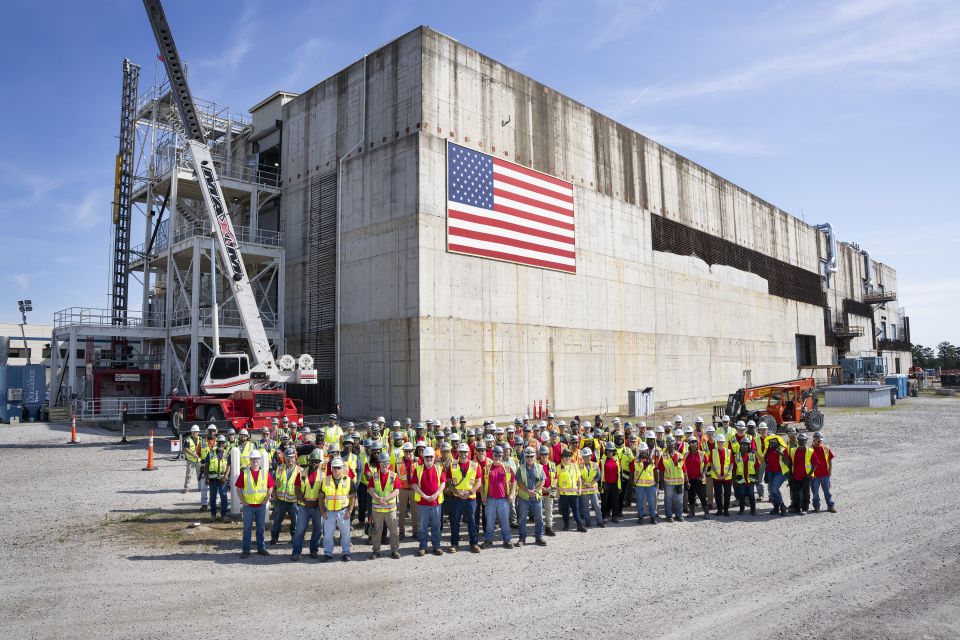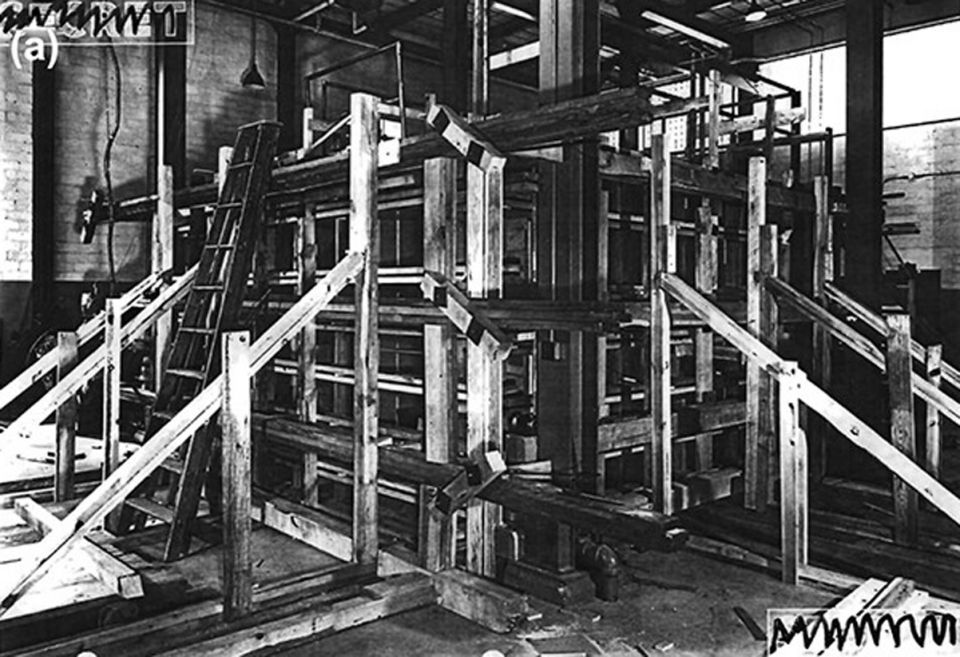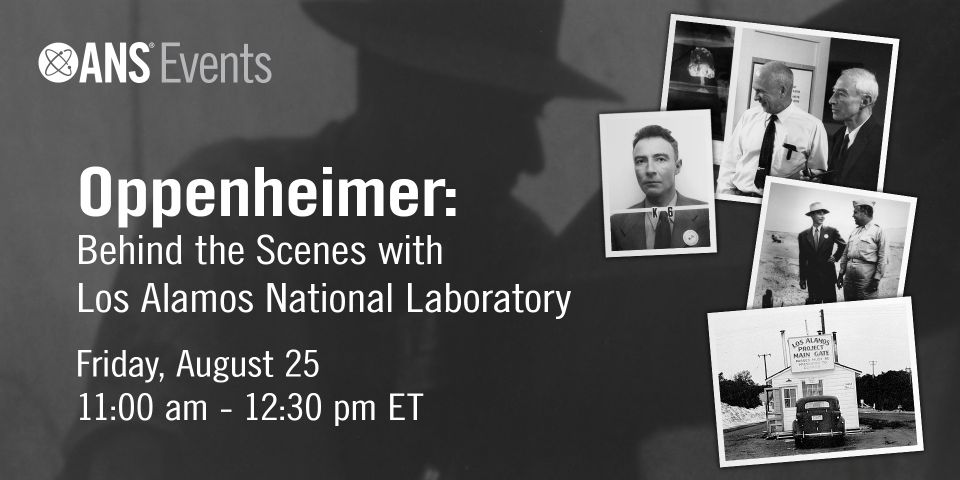FST publishes special issue on fusion’s early history
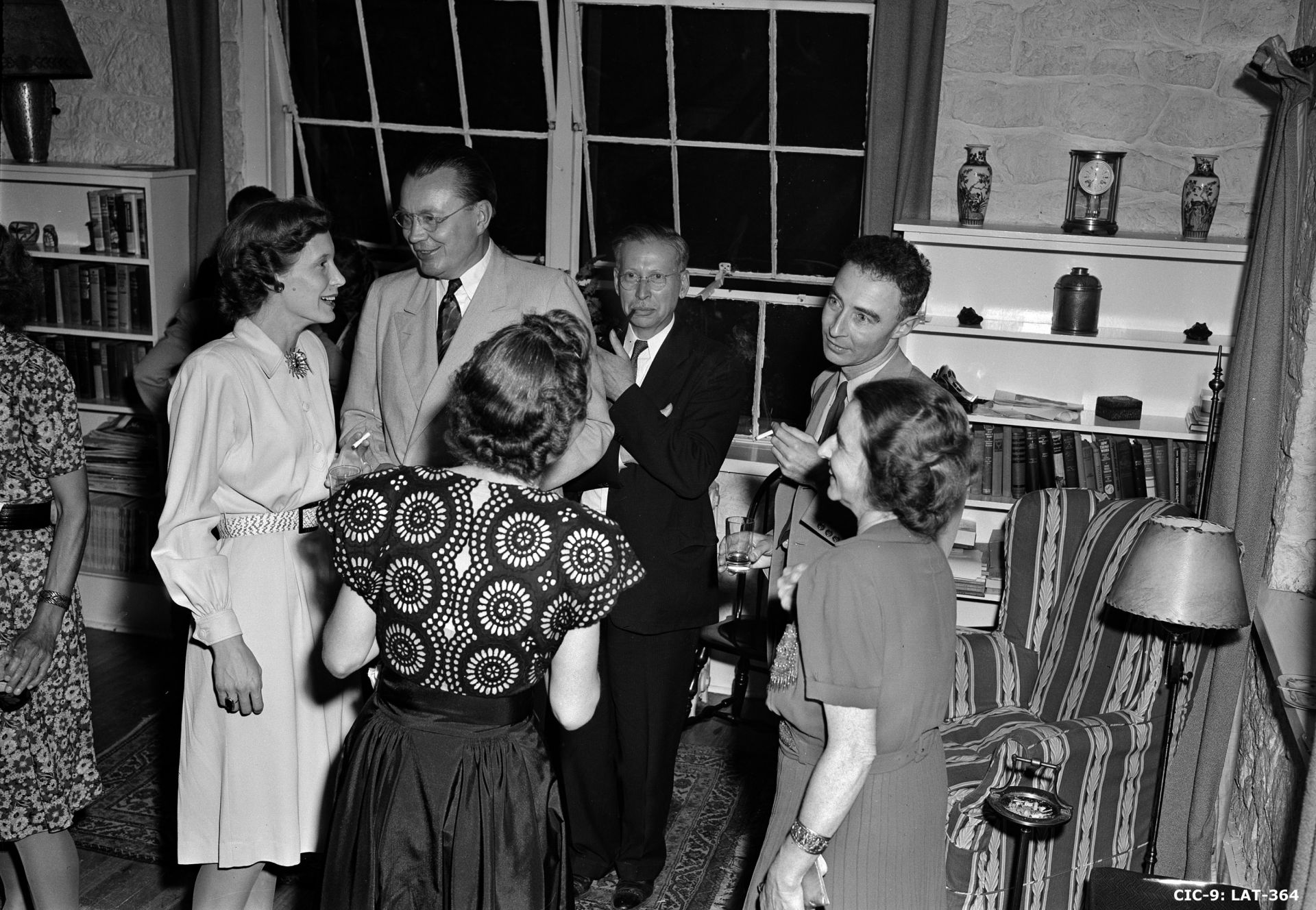
The July 2024 issue of Nuclear News focused on fusion. Editor-in-chief Rick Michal highlighted in his column (p. 4) Los Alamos National Laboratory’s open access special issue of the American Nuclear Society journal Fusion Science and Technology, titled The Early History of Fusion. This article provides a brief summary of the issue—and we encourage readers to explore all of the full papers.a
NN readers may recall related short articles that Mark Paris and I have published over the past couple of years.1–3 This latest FST issue mostly focuses on nuclear science aspects of fusion history from 1934 to 1958. The 1930s saw significant breakthroughs in Britain and Germany, and then in the United States, in understanding how nuclear energy powers stars. Fusion reactions were then recognized for their use as neutron sources (e.g., Rutherford’s d(d,n)3He in 1934). The 1940s and 1950s marked Los Alamos’s pioneering work on fusion for defense applications in the U.S., and the late 1950s saw the first production of a controlled thermonuclear burning plasma making fusion energy in the lab at Los Alamos.
This special issue follows our previous 2021 project on the history of fission at Los Alamos, which was a series of 24 papers published in the American Nuclear Society’s Nuclear Technology journal.4 That collection commemorated the 75th anniversary of the Manhattan Project’s role in ending World War II. This new collection contributes to the upcoming 75th anniversary of Los Alamos’s Pacific experiments conducted in 1951 and 1952, where terrestrial fusion energy from a burning plasma was first produced. This collection is timely, aligning with the growing excitement about the potential of controlled nuclear fusion energy, spurred by recent significant achievements: the 69-megajoule fusion energy record set by Britain’s Joint European Torus (JET) in 2024, the ignition success at Lawrence Livermore National Laboratory’s inertial confinement fusion National Ignition Facility in 2022, and recent plasma and material science advances needed for magnetic confinement fusion technologies.
In the same aforementioned July issue of NN, ANS executive director/chief executive officer Craig Piercy wrote (p. 17), “The worlds of fission and fusion need each other,” which made me think of the origin of the word “fusion.” It seems to have been introduced relatively late, in 1950, by Hans Bethe and Louis Ridenour when writing in Scientific American and the Bulletin of American Scientists following President Truman’s announcement that the U.S. would develop the H-bomb (after the Soviet Union’s first A-bomb test in 1949). In the earliest works on stellar energy sources, Arthur Eddington in 1920 referred to nuclei “being combined” and “compounded.” By 1929, Robert Atkinson and Fritz Houtermans used the term “transmutation.” Mark Oliphant, Paul Harteck, and Ernest Rutherford’s seminal 1934 paper on the first laboratory observation of fusion described it as a marital harmony of the “union of two diplons to form a new nucleus.” In 1937–1938, George Gamow introduced the term “thermonuclear” to describe reactions driven by hot ions with a thermalized energy distribution, writing within an astrophysical context. During the 1940s, scientists at Los Alamos exclusively used “thermonuclear,” and for many years early peaceful fusion energy research was termed “controlled thermonuclear research” (CTR). Bethe’s motivation for introducing this new term is unclear, though “fusion” provides an elegant complement to “fission.” Today in the U.S., “thermonuclear” typically refers to a subset of fusion processes involving hot fusing ions within an equilibrated plasma characterized by a temperature, distinguishing it from the fusion of accelerated ions.
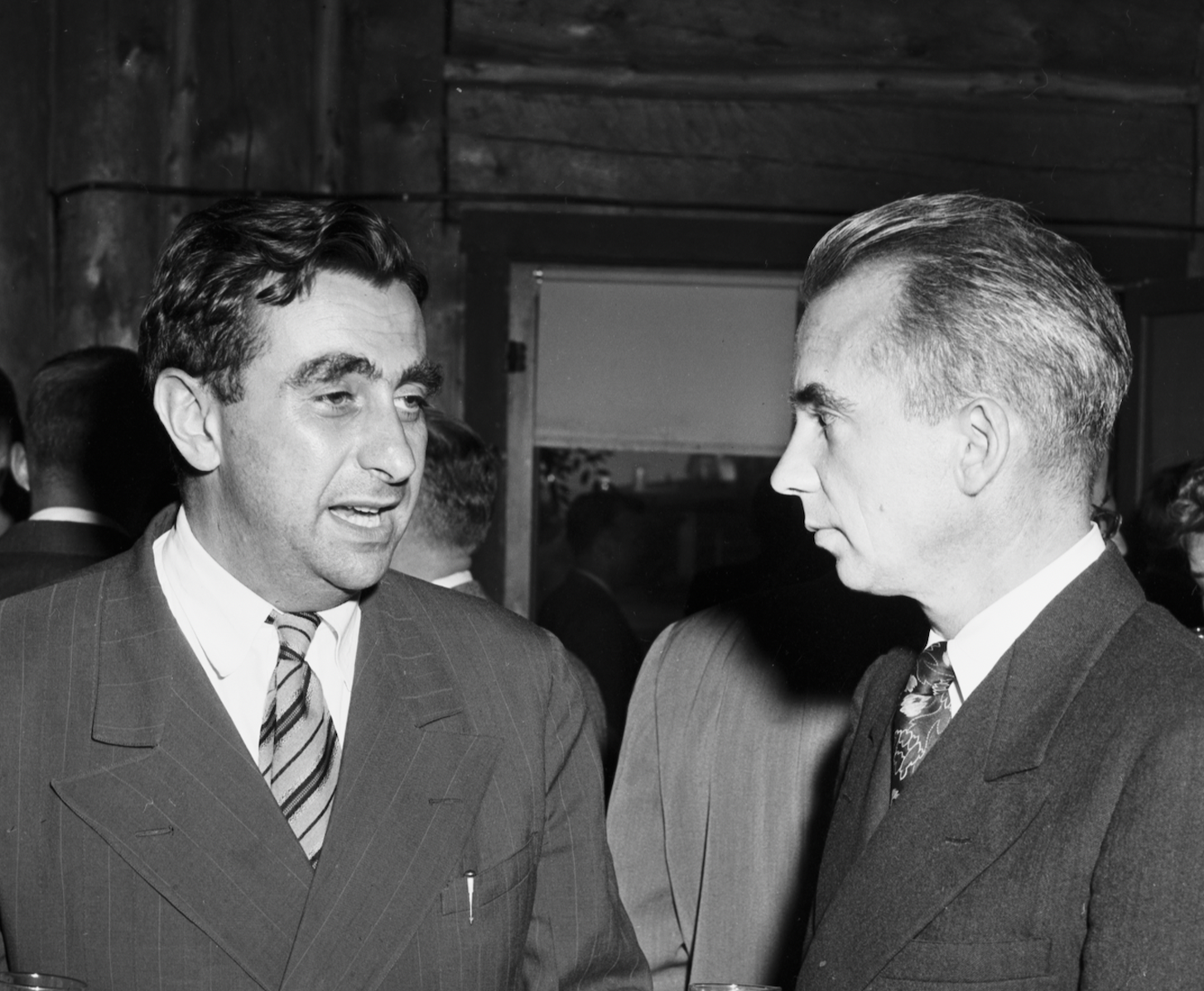
Fig. 2. Edward Teller with Norris Bradbury in Fuller Lodge, Los Alamos, September 1946. Teller was the “father of the H-bomb,” while Bradbury was the Los Alamos laboratory director who brought it to fruition in the Ivy Mike test in 1952.
The article “Early Nuclear Fusion Cross-Section Advances 1934–1952 and Comparison to Today’s ENDF Data” in this special issue shows that J. Robert Oppenheimer (Fig. 1, above) was an enthusiastic supporter—and indeed, a technical leader—in the early theoretical developments of H-bomb concepts, from 1942 to 1946. This might be a surprising revelation, considering his opposition to H-bomb development in the late 1940s and 1950s,5 as seen in Christopher Nolan’s Oppenheimer film. His conference in Berkeley in the summer of 1942 that brought together the “galaxy of luminaries,” including Teller (Fig. 2), Konopinski, Bethe, and others, led to a summary memorandum sent to government leaders in Washington outlining these scientists’ view that an H-bomb was feasible. During that Berkeley meeting, Oppenheimer sent a letter to his colleague John Manley at Chicago’s Met Lab, charging him to arrange for the measurement of the deuterium-tritium (DT) cross section for the first time (this letter is reproduced in “Early Nuclear Fusion Cross-Section Advances”), and this experiment was done in 1943 at Purdue and then in 1945–1946 at Los Alamos for the Manhattan Project.
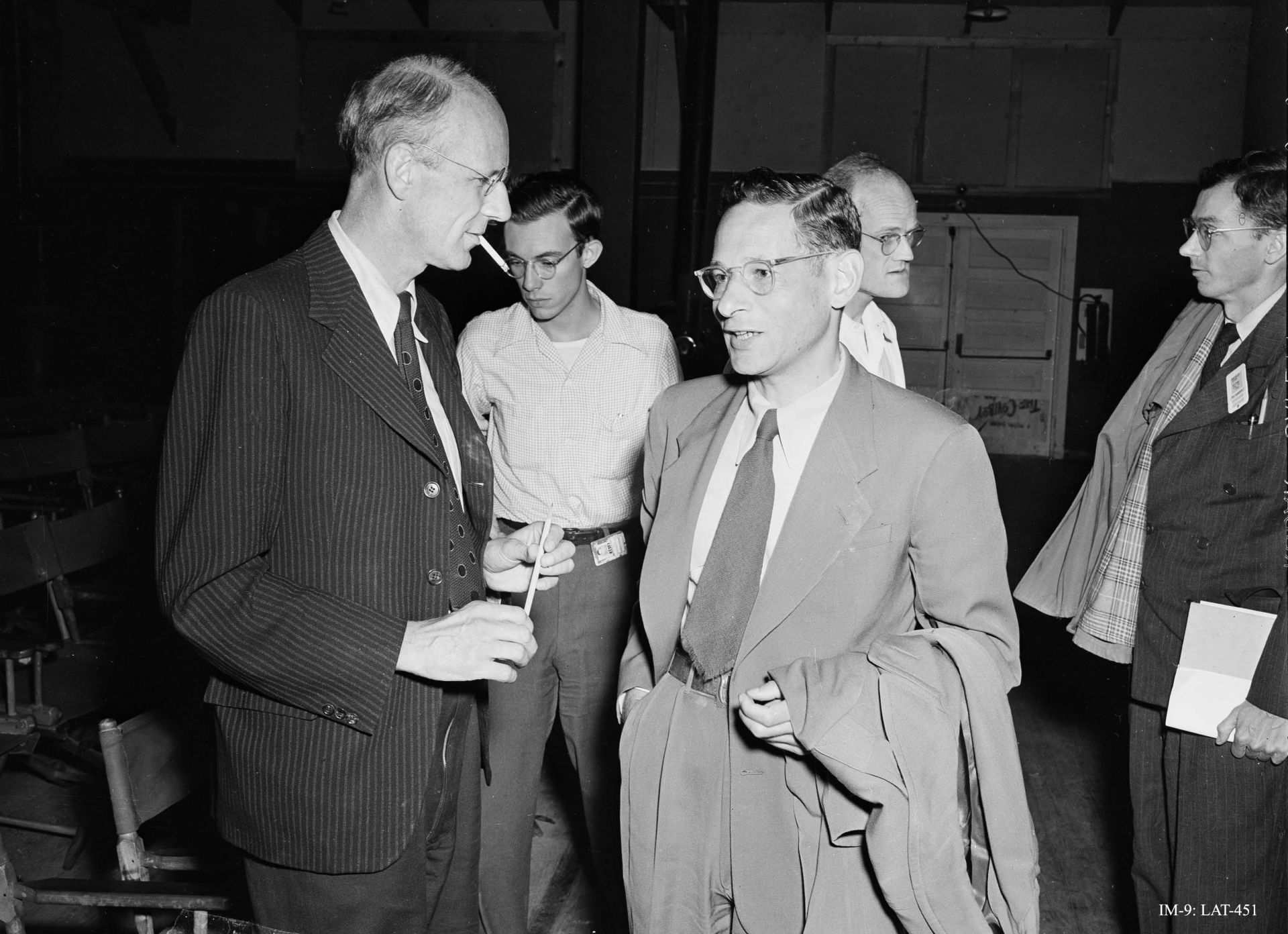
Fig. 3. Egon Bretscher (foreground, left) and Robert Serber (foreground, right) at the 1946 Nuclear Physics Conference in Los Alamos. Bretscher discovered the 3/2+ DT resonance enhancement.
These first DT measurements found a surprising and remarkable result: the DT cross section is a staggeringly large 5 barns at its peak (at 65 keV in the center of mass), a factor of about 100 larger than the deuterium-deuterium (DD) cross section. At similar energies, the plutonium fission cross section is 1.6 barns, so it really is astounding that small hydrogen isotopes have such a large fusion cross section. Using the known physics at the time, the DT cross section would have been thought to be similar in magnitude to that of DD. The Los Alamos scientists immediately realized that this large enhancement must be due to a resonance, and in 1952 they were able to prove that it occurs because a 3/2+ state in the A = 5 system fortuitously exists at exactly the right energy to enhance the fusion cross section. In recognition of this discovery by Egon Bretscher and in analogy to the “Hoyle state,” we have dubbed this the “Bretscher state.”2 Bretscher (Fig. 3) was one of the researchers from Britain who joined the Manhattan Project. This turned out to be a game-changer, making fusion technologies possible.
What follows are short summaries of each of the twelve papers in the Early History of Fusion special issue of FST.
“Introduction to Special Issue on the Early History of Nuclear Fusion,” by M. B. Chadwick and B. Cameron Reed. This introduction describes the goals of each paper within this technical history project and surveys the historical beginnings of the thermonuclear program, the knowledge of fusion reactions at the onset of World War II, and the significant breakthroughs achieved, especially the potential of DT reactions. Reed, a well-known expert in the fission physics of the Manhattan Project, provides useful context on the breadth of technical challenges that the U.S. faced as the project was established.
“Thoughts on the H-Bomb Decision, Oppenheimer’s Loyalty/Security Hearing, and the Vacation of the AEC Decision,” by T. E. Mason. The director of Los Alamos National Laboratory offers insight into Oppenheimer’s 1949 advice against pursuing the H-bomb and the 1954 decision to revoke his security clearance. An April 2022 letter from nine former directors of Los Alamos to U.S. secretary of energy Jennifer Granholm is included, which played a role in her December 2022 order to overturn the original clearance revocation decision.
“Early Nuclear Fusion Cross Section Advances 1934–1952 and Comparison to Today’s ENDF Data,” by M. B. Chadwick, M. W. Paris, G. M. Hale, J. P. Lestone, S. Alhumaidi, J. B. Wilhelmy, and N. A. Gibson. This detailed paper examines the progress in understanding nuclear fusion cross sections, starting from the 1930s, through the pioneering DT experiments during the Manhattan Project, to the precise assessments conducted at Los Alamos in 1952. It discusses the evolving knowledge of the 3/2+ Bretscher state resonant enhancement of the DT cross section, from its initial identification and characterization in 1945 to contemporary theoretical perspectives. The paper also provides background on the U.S.’s competition with Germany and later the USSR in developing thermonuclear devices. It presents evidence suggesting that Ruhlig’s strangely neglected 1938 observation of DT (as a secondary in-flight reaction following DD) at the University of Michigan prompted Konopinski in 1942 to alert Oppenheimer, Teller, and Bethe to tritium’s potential significance, thereby initiating the first fusion and H-bomb research and development at Los Alamos.
“Ruhlig’s 1938 First-Ever Observation of the Fusion of A = 3 Ions with Deuterium: An Analysis of Secondary Reactions following Deuteron-on-Deuterium Fusion in a Heavy Phosphoric Target,” by J. P. Lestone, C. R. Bates, M. B. Chadwick, and M. W. Paris. A theoretical analysis of Ruhlig’s 1938 experiment is conducted to better understand his reported observation of in-flight secondary DT fusion. The analysis concludes that Ruhlig did indeed detect DT fusion neutrons during one phase of the experiment. However, regarding a different phase where Ruhlig reported a quantitative result, Lestone et al. suggest that the actual number of DT fusions occurring should be smaller than reported. Alternatively, they propose that Ruhlig might have unknowingly observed in-flight secondary D-3He fusion reactions, or that tritium had accumulated in his target during the experiment or previous experiments (though this is considered highly unlikely). The lack of detailed documentation about the original experimental setup prevents a definitive conclusion.
“Observation of d(t,n)α Neutrons following d(d,p)t Reactions in a Deuterium Gas Cell: An Attempt to Repeat Ruhlig’s 1938 Observation of Secondary Reactions,” by J. P. Lestone, S. Finch, F. Friesen, E. Mancil, W. Tornow, J. Wilhelmy, and M. B. Chadwick. We commissioned a series of experiments to replicate Ruhlig’s groundbreaking experiment at the Triangle University Nuclear Laboratory (TUNL) Van de Graaff accelerator at Duke University. Instead of the original cloud chamber detection method, we employed modern techniques such as neutron time- of-flight detection with an organic scintillator and the use of activation foils. Various deuterated target compounds were tested, including deuterated phosphoric acid (as used by Ruhlig), heavy water, and deuterium gas. These DD experiments did observe secondary in-flight DT fusion neutrons, with the theoretical predictions aligning reasonably well with the TUNL measured data. Additionally, these experiments provided valuable data to validate Lestone’s computational methods, which were also applied to analyze Ruhlig’s original 1938 experiment.
“Some of the History Surrounding the Oliphant et al. Discovery of dd Fusion and an Inference of the d(d,p)t Cross Section from This 1934 Paper,” by J. P. Lestone. The 1934 paper by Oliphant, Harteck, and Rutherford is renowned for using the newly invented Cockcroft-Walton accelerator in Cambridge to first identify DD fusion reactions, measure the large energy release, and discover the tritium isotope.6 However, the paper did not report a DD cross-section value. Lestone analyzes the thick-target data presented in the paper and infers a d(d,p)t cross section for deuterons with energies ranging from approximately 20 keV to 200 keV, finding values that agree within a factor of two compared to our best values today. This is quite impressive for a pioneering 1934 study that didn’t even aim to quantify the cross section!
Lestone’s paper also discusses how E. O. Lawrence observed DD fusion a year earlier, in 1933, but misinterpreted his data, missing an important discovery. This episode is described here due to its significance in the earliest history of nuclear fusion reactions research and because it has largely been forgotten by today’s nuclear science community.
“The Serendipitous Discovery of the New Elements Einsteinium and Fermium from the Debris of the Mike Thermonuclear Test,” by S. A. Becker. Becker discusses how the first H-bomb test conducted by Los Alamos in 1952 unexpectedly led to the discovery of two new elements (Z = 99, 100) and 15 new heavy isotopes, drawing parallels to the synthesis mechanisms observed in the astrophysical r-process. Berkeley proposed naming element Z = 99 “Losalium.”7 However, since the radiochemical research was a joint effort between Berkeley, Argonne, and Los Alamos, the name einsteinium was chosen instead; for Z = 100, the name fermium was selected.
“Anthropic Importance of the ‘Bretscher State’ in DT Fusion,” by M. W. Paris and M. B. Chadwick. This paper describes how DT fusion, occurring within the first three minutes of the universe’s life, was responsible for creating 99 percent of the primordial helium-4 formed during the Big Bang, as first discovered by scientists at Caltech. The study underscores the significant role of the Bretscher state resonant enhancement of the DT cross section, which establishes DT fusion as the predominant mechanism for helium production. Later, when stars synthesized heavier elements like carbon, nitrogen, and oxygen, more than one-quarter of these elements (by mass) were derived from helium produced through DT fusion. The paper also examines the anthropic relevance of DT fusion to human existence.
“The First Calculation of Comptonization,” by J. Katz. This paper includes reproductions of two of Hurwitz’s previously unavailable Los Alamos reports, LA-301 (1945) and LA-553 (1946), which focus on energy exchange between electrons and radiation, along with commentary. It reveals that, contrary to previous assumptions, Hurwitz was the first to publish on this topic, predating Kompaneets’s work in Russia by five years. This area of physics is now particularly relevant to inertial confinement fusion (ICF) applications.
“Richtmyer on Shocks: ‘Proposed Numerical Method for Calculation of Shocks,’ an Annotation of LA-671,” by L. G. Margolin and K. L. van Buren. This paper publishes a significant but previously unavailable 1948 work by Robert Richtmyer, accompanied by commentary. Richtmyer’s paper provided foundational insights that later informed his collaboration with Von Neumann. It addresses key aspects of hydrodynamic flow involving shocks, artificial viscosity, and turbulence, which are crucial elements in hydrodynamics simulation codes. Margolin and van Buren’s research builds on Morgan and Archer’s paper in Nuclear Technology’s Manhattan Project special issue,4,7 which highlighted the earliest concepts of hydrodynamics and artificial viscosity introduced by Peierls and Von Neumann in their 1944–1945 calculations. Again, this is relevant to ICF applications.
“Lithium Neutron Cross Sections During the Manhattan Project and the Quest for the H-Bomb,” by C. R. Bates and M. B. Chadwick. The first measurements of cross sections for neutrons on lithium in the fast region were conducted in 1944 during the Manhattan Project, which led to the discovery of the significant 6Li(n,t) 240-keV resonance enhancement. Lithium has been utilized in nuclear tests since 1953 and is planned to be used for breeding tritium in future peaceful fusion energy technologies.
“A Historical Perspective of Controlled Thermonuclear Research at Los Alamos: 1946–1990,” by K. Schoenberg. This paper describes the earliest attempts at peaceful controlled fusion that emerged from discussions during the Manhattan Project. It highlights Jim Tuck’s contributions in the 1950s through Project Sherwood, where his Scylla theta pinch machine became the first in the world (~1958) to produce a laboratory thermalized 1.5-keV plasma generating DD fusion neutrons. During the race in the late 1950s to develop thermonuclear fusion for peaceful energy applications, there were several false alarms. Neutrons were sometimes detected from accelerated fusing ions rather than from a genuinely equilibrated thermalized plasma. In his retrospective article in Nature, Tuck proclaimed, “We have achieved the first controlled thermonuclear reaction” and “the strongest thermonuclear reaction,”8 confirmed by the measured energy distributions of neutrons, protons, and tritons.9
I can confidently speak for all my colleagues involved in this fusion technical history project when I say that we have thoroughly enjoyed the experience. We learned some new physics while studying the advancements made by pioneering nuclear scientists. At the outset, we did not anticipate uncovering so many new technical historical insights, which was made possible by the remarkable archives in our National Security Research Center at Los Alamos. In addition to the open papers discussed here, our team has also published more than 30 papers in our internal WRL journal at Los Alamos.
Our team of authors gratefully acknowledges the outstanding editorial oversight by Arkady Serikov from FST, the professional assistance with our papers provided by peer review specialist Faith Michal, and the support from NN editor in chief Rick Michal.
Mark Chadwick is the associate laboratory director for simulation, computation, and theory at Los Alamos National Laboratory.
a. The full issue (Fusion Science and Technology 80, sup1 [2024]) is available online at ans.tandfonline.com/toc/ufst20/80/sup1?nav=tocList.
References
- M. B. Chadwick et al., “The Earliest DT Nuclear Fusion Discoveries,” Nuclear News, April 2023, 70.
- M. W. Paris and M. B. Chadwick, “Big Bang Fusion 13.8 Billion Years Ago and Its Importance Today,” Nuclear News, August 2023, 116.
- M. W. Paris and M. B. Chadwick, “Recalling ‘Forgotten’ History: Seeking Information on Arthur Ruhlig,” Nuclear News, October 2023, 6.
- M. B. Chadwick, “The Manhattan Project Nuclear Science and Technology Development at Los Alamos: A Special Issue of Nuclear Technology,” Nuclear Technology, 207, S1, iii (2021).
- K. Bird and M. Sherwin, American Prometheus: The Triumph and Tragedy of J. Robert Oppenheimer, Vintage Books (2006).
- M. Thoennessen, The Discovery of Isotopes: A Complete Compilation, Springer (2016).
- N. R. Morgan and B. A. Archer, “On the Origins of Lagrangian Hydrodynamic Methods,” Nuclear Technology, 207, S1, S147 (2021).
- J. L. Tuck, “Outlook for Controlled Fusion Power,” Nature, 233 (1971).
- J. A. Phillips, “Magnetic Fusion,” Los Alamos Science, Winter/Spring 1983, Los Alamos National Laboratory.


